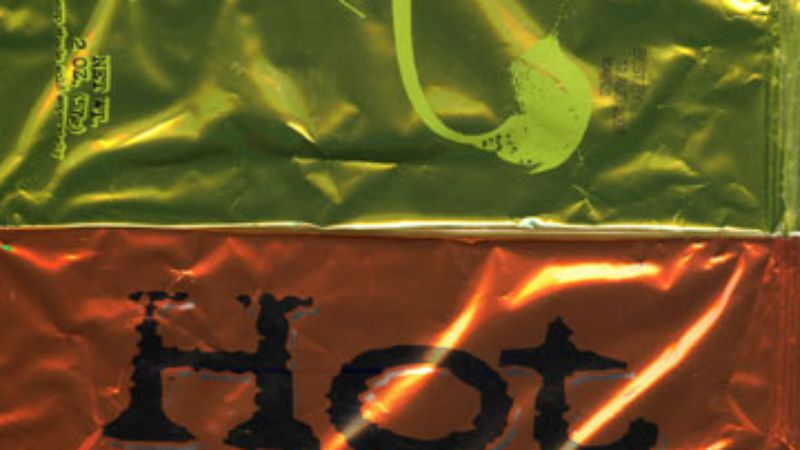Taste Test: Margarita And Bloody Mary Potato Chips
Due
to popular demand and the fact that we love trying weird foods and candies, The
A.V. Club features
weekly "Taste Tests." Feel free to suggest disgusting and/or delicious new
edibles for future installments: E-mail us at tastetest@theonion.com.
Margarita
with salt and Spicy Bloody Mary potato chips
Last year, we tested out beer-flavored
chips and found them to be decent and semi-interesting, but nothing
super-special. The same company that manufactures the beer-flavored snacks has
decided to branch out into other flavor arenas, but with similarly shiny
packaging and similarly wacky instructions. They're extreme! How do you know?
Because step three is "Swallow (don't forget to chew)." Also, the package says
things like "No potatoes were harmed in the making of this product."
But
in the quest for virgin chip-flavor territory, no marketing tool is too cheesy.
I applaud Beer Chips, LLC for taking the alcohol out of alcoholic beverages,
converting that flavor into dust form, and sprinkling it on deep-fried
potatoes. And I haven't even tried them yet.
Taste: Here's a Taste Test
first: The margarita chips taste like nothing at all—not even like plain
potato chips. Imagine a very crunchy chip that just leaves your taste buds with
zero to work with. The inside of the bag was coated with salt bits, but the
chips themselves didn't even taste of salt. The ingredients list includes "tequila
flavor," plus "natural orange and lime oils." They must've gone pretty light on
all that, because it was really like eating no flavor at all. Maybe we got a
bad batch.
The
Spicy Bloody Mary chips, on the other hand, sit at the opposite end of the
flavor spectrum. They bash your taste buds with extreme prejudice, piling on
the taste like some kind of taste avenger. What is that taste, though? Spicy
ketchup. No vodka, no tomato juice, no wacky garnish of shrimp or beef jerky,
no celery stalk. Just a heady blast of ketchup. I've got two bags of
ketchup-flavored chips on my desk awaiting a future Taste Test, and they were
both like, "Fuck it, we give up" when they smelled these. Whatever animal they
make ketchup from, they had to kill a lot of 'em to make these chips. The
ingredient list seems promising: Worcestershire sauce, vinegar, molasses,
horseradish, celery seed, black pepper. But those flavors are simply
overpowered by the not-very-good tomato powder and sugar.
Office
reactions:
Margarita
with salt
—
"Is this batch screwed up? There's absolutely no
flavor at all, much less anything that tastes like a margarita."
—
"Devoid of flavor except a hint of lime as an aftertaste. Texture is good if
you like kettle chips, but I don't know how they managed to suck all the flavor
out of a chip."
—
"You can actually feel the salt on the chips on your tongue, and yet the chips
don't even taste like SALT. How did they DO that? It's like magic. The magic of
nothing."
—
"This is what plain Pringles must taste like before any flavoring or salt is
added. Generic crunch."
—
"It's miraculous, in a way. Have you ever consumed something besides water that
has absolutely no flavor? Did somebody wash these or something?"
Spicy
Bloody Mary
—
"Totally gross. It has a weird ketchup-y taste that
doesn't go down easy. I can't eat more than one of these."
—
"It's like they took dried ketchup and applied it
liberally to the chips. In a bad way."
—
"Tomato ketchup-y at first, but the heat builds up over time. Hotter than a BBQ
chip."
—
"I'm still tasting the chile at this point. Probably too hot."
—
"Overwhelmingly, unpleasantly sour, with a strong tomato flavor. Just like a
real Bloody Mary. If you're getting way too much action and you want to make
sure no one ever kisses you again, you should eat a bag of these while drinking
a real Bloody Mary. Guaranteed foul breath for weeks."
— "More like chips and salsa than Bloody Mary. I miss the
vodka."
Where
to find them:
Grocery stores and convenience stores.
